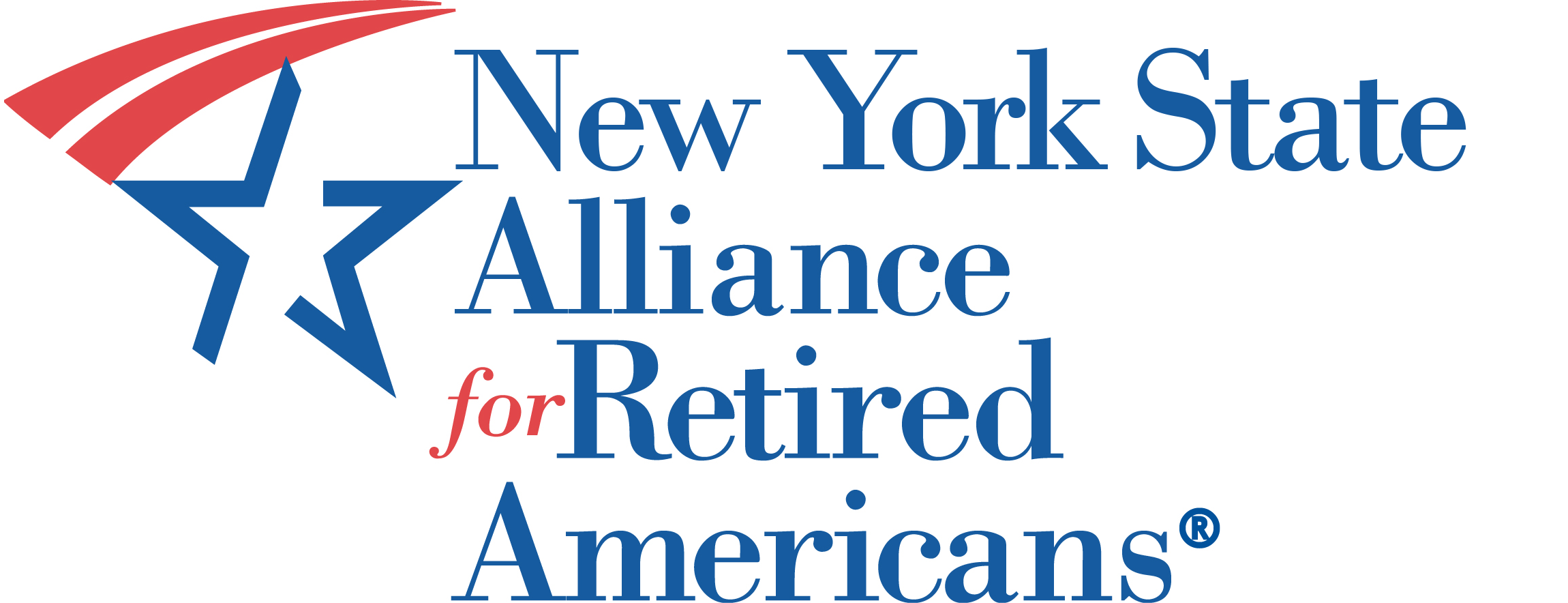Blog
May 16, 2022
Medicare Pilot Program ACO REACH What it REALLY Is
NYSARA President Barry Kaufmann, in response to concerns raised by NYSARA members and to untrue statements by organizations having motives other than to protect Medicare recipients, asked the ARA staff and leadership to address the Global and Professional Direct Contracting Model (GPDC) which has been stopped by the Biden administration and replaced by the Accountable Care Organization Realizing Equity, Access and Community Health (ACO REACH model). What is below are the facts about this program and the concerns of the ARA about certain parts of the program.
Remember four points:
- The GPDC pilot program (Trump era) was discontinued by the Biden Administration.
- The Biden Administrations ACO REACH program will not begin until January 2023.
- This program is a pilot program just like many pilots in the past and many that will come seeking better Medicare services at lower costs
- The pilot only involves approximately 100,000 participants out of the many millions of Medicare participants.
What are ACOs?
- Accountable Care Organizations or “ACOs” began in 2012 as part of the Affordable Care Act. ACOs are “groups of doctors, hospitals, and other health care providers who come together voluntarily to provide coordinated care to Medicare patients.” Kaiser Permanente and the Group Health Cooperative of Puget Sound are two examples.
- Over 11 million Medicare beneficiaries are part of an ACO today. ACOs must be approved by the Centers for Medicare and Medicaid Services, which is part of the Department of Health and Human Services.
- ACOs were created as part of an effort to pay doctors and hospitals for the value or quality of care they provide, rather than charging a fee for each service. The model’s goal is to avoid unnecessary duplication of services, increase health services and save Medicare money. It is important to note that ACOs were originally expected to save the government billions of dollars yet they have not done so.
- ACOs differ from managed care plans and Medicare Advantage. While patients can choose to receive care from providers within one ACO, they can also choose care from any provider that accepts Medicare. If a beneficiary’s primary care physician participates or joins an ACO, the beneficiary must be notified.
What are ACO REACH and ACO DCE?
- Under the ACA, CMS is empowered to create pilot programs to seek ways to improve health care and reduce costs.
- Using this authority, the Trump administration created a model pilot ACO program known as “DCE” or Geographic Direct Contracting in 2019 to coordinate primary care.
- This model program differed from other existing ACOs, allowing entities other than health providers to create and manage the networks.
- Critics and health advocates argued that this model lacked transparency, increased costs to the Medicare system, made it more difficult for patients to access health care services, and was a step towards the privatization of traditional fee for service Medicare.
- The Biden administration’s ACO REACH model, like the Trump administration’s DCE model that preceded it, is an ACO and a pilot program.
- The Biden administration canceled the “Geographic DCE model” program in March, 2021. It had been scheduled to continue through 2026.
- The Biden administration replaced the DCE model program with another ACO called ACO REACH (Realizing Equity, Access, and Community Health).
- CMS officials state that ACO REACH differs from DCE because it “increases provider governance and transparency, provides a focus on health equity, and makes improvements to risk adjustments.”
- The ACO REACH pilot HAS NOT STARTED yet and is expected to begin in January 2023 and run through 2026.
Alliance View on ACO REACH
- The Alliance has not taken a position in favor of or against ACO REACH at this time. The REACH model is in the planning stage and CMS is just now in mid 2022 accepting applications from possible ACOs for this pilot.
- Alliance staff is monitoring the model’s developments closely, and has been actively involved in meetings with CMS officials and Capitol Hill staff.
- The Alliance does have concerns about the potential for the ACO REACH model to pull Medicare beneficiaries out of traditional Medicare and into private plans without their knowledge or consent, but the Biden administration has stated that the consumer will be informed and asked.
- Alliance staff has been briefed by CMS staff and told that under ACO REACH traditional Medicare beneficiaries will be able to retain their rights, coverage, benefits and will have the freedom to see any Medicare provider they choose. Beneficiaries will be informed if their provider is aligned with an ACO.
- CMS expects Medicare beneficiaries whose primary care provider is part of a REACH ACO model to see improvements in their benefits. Some examples include: increased access to telehealth, home visits after leaving the hospital, and cost sharing support to assist with co-pays.
To address concerns regarding transparency, CMS staff says that the ACO REACH model will “share its aggregate information, including the number of aligned beneficiaries, and information on quality and financial performance.” The model will also include “stronger protections against inappropriate coding and risk score growth.” Starting in PY2023, CMS is requiring each REACH ACO to have both a Medicare beneficiary and consumer advocate serving on the REACH ACO’s governing body who will hold voting rights (the same person is no longer permitted to fill both roles) to ensure beneficiary representation in the REACH ACO’s governance.
